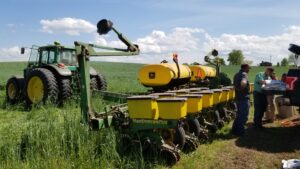
What Are the Optimal Planting Conditions for Corn?
In order to achieve optimum corn yields, we need to get the corn crop off to a good start. …



El inglés es el idioma de control de esta página. En la medida en que haya algún conflicto entre la traducción al inglés y la traducción, el inglés prevalece.
Al hacer clic en el enlace de traducción se activa un servicio de traducción gratuito para convertir la página al español. Al igual que con cualquier traducción por Internet, la conversión no es sensible al contexto y puede que no traduzca el texto en su significado original. NC State Extension no garantiza la exactitud del texto traducido. Por favor, tenga en cuenta que algunas aplicaciones y/o servicios pueden no funcionar como se espera cuando se traducen.
Inglês é o idioma de controle desta página. Na medida que haja algum conflito entre o texto original em Inglês e a tradução, o Inglês prevalece.
Ao clicar no link de tradução, um serviço gratuito de tradução será ativado para converter a página para o Português. Como em qualquer tradução pela internet, a conversão não é sensivel ao contexto e pode não ocorrer a tradução para o significado orginal. O serviço de Extensão da Carolina do Norte (NC State Extension) não garante a exatidão do texto traduzido. Por favor, observe que algumas funções ou serviços podem não funcionar como esperado após a tradução.
English is the controlling language of this page. To the extent there is any conflict between the English text and the translation, English controls.
Clicking on the translation link activates a free translation service to convert the page to Spanish. As with any Internet translation, the conversion is not context-sensitive and may not translate the text to its original meaning. NC State Extension does not guarantee the accuracy of the translated text. Please note that some applications and/or services may not function as expected when translated.
Collapse ▲
In order to achieve optimum corn yields, we need to get the corn crop off to a good start. …

Higher Corn Populations? Where is the Industry Headed? In this video, Area Agent, Tim Hambrick, discusses why higher populations are …
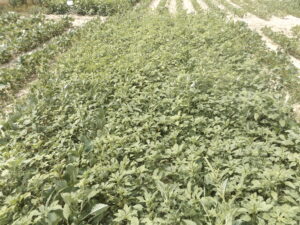
On March 15, 2021, EPA officially denied North Carolina 24(c) Special Local Need labels for Engenia, XtendiMax, and Tavium …
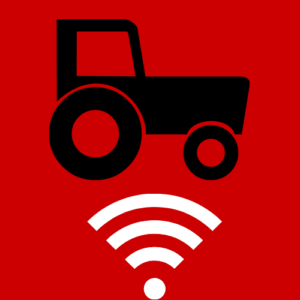
The United Soybean Board has reported interesting and important information regarding the importance of broadband for US farms. Some …

Nebraska Extension has a Digital Agriculture Team and they have launched a podcast named “FarmBits.” More information on this …
North Carolina has had record breaking precipitation during the past 12 months, and Sampson County has definitely seen its …
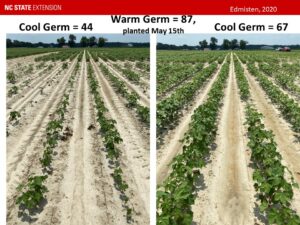
Authors: Guy Collins, Keith Edmisten, Sandy Stewart, Phil Wilson, Lori Snyder, & Mitch Williams UPDATE #1: As of yesterday, NCDA&CS …
One of the most important steps in selecting a corn hybrid is selecting the right maturity. This decision must …
If Eddie Rabbit (country singer) was still alive, he would definitely be enjoying our recent weather patterns, because he …

Do you care about a better world? Interested in solving global challenges like food security, clean water, and human …
We will post the Zoom recordings of cotton meetings here once they are available. Beaufort, Hyde, Tyrell & Washington County …
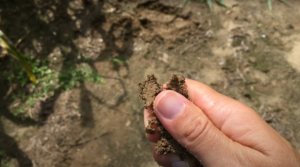
In order to answer this question two or three years of research isn’t enough. This video discusses soil health …

Is side-dressing your corn worth the work? Side-dressing equipment and technology is emerging to help farmers improve yield. But is …
The 2021 Winter Production Meeting schedule has been set. Please note that all meetings will be in a virtual …
Below are PDF tables of 2020 cotton OVT results. The Plymouth location had more variation than we would like …
We only had three locations for cotton OVT in 2020 due to COVID-19 restrictions. We are only presenting the …
Our cotton meetings will be held virtually this year using Zoom this year due to COVID-19 and restrictions set …
As most have heard, the recently approved federal labels for dicamba-containing products labeled for over-the-top use to dicamba-tolerant cotton …

This guide presents basic facts about seeds, including how they develop, how to store and …

This Soybean Nutrient Deficiency Information factsheet describes the symptoms and management of boron deficiency in …
This Soybean Nutrient Deficiency Information factsheet describes the symptoms and management of zinc deficiency in …

This Soybean Nutrient Deficiency Information factsheet describes the symptoms and management of molybdenum deficiency in …
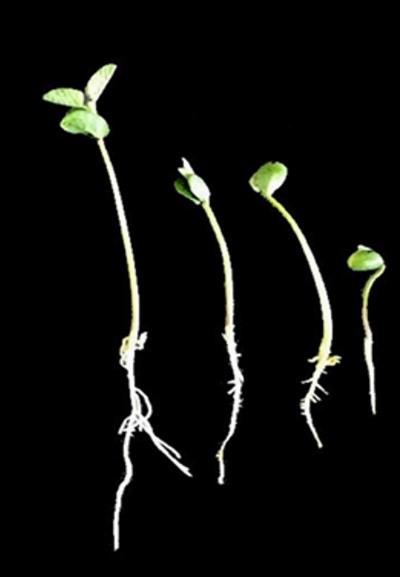
This Soybean Nutrient Deficiency Information factsheet describes the symptoms and management of aluminum toxicity in …
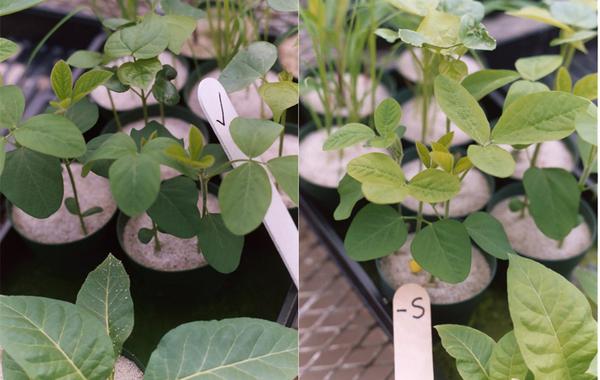
This Soybean Nutrient Deficiency Information factsheet describes the symptoms and management of sulfur deficiency in …

This Soybean Nutrient Deficiency Information factsheet describes the symptoms and management of magnesium deficiency in …

This Soybean Nutrient Deficiency Information factsheet describes the symptoms and management of potassium deficiency in …